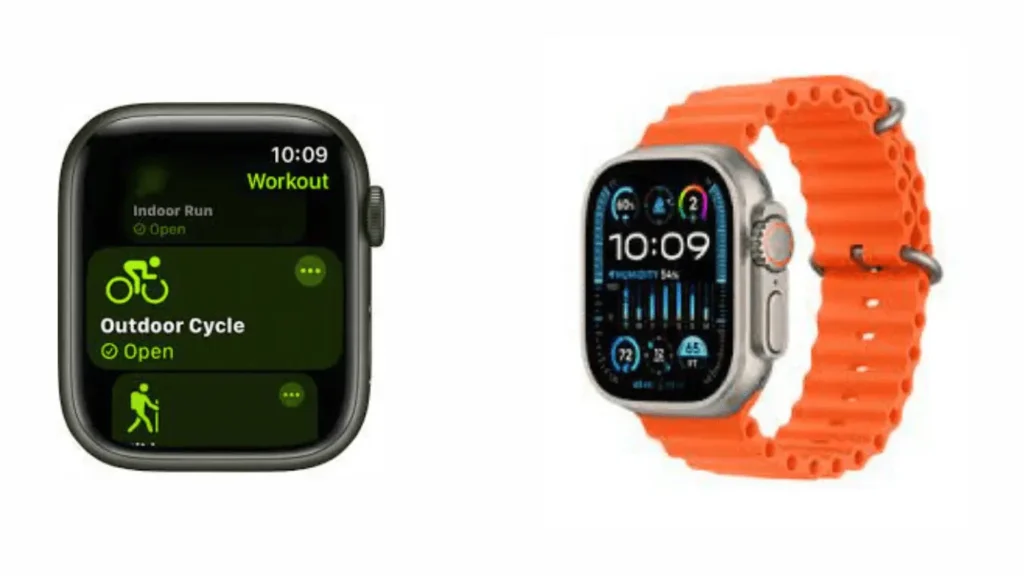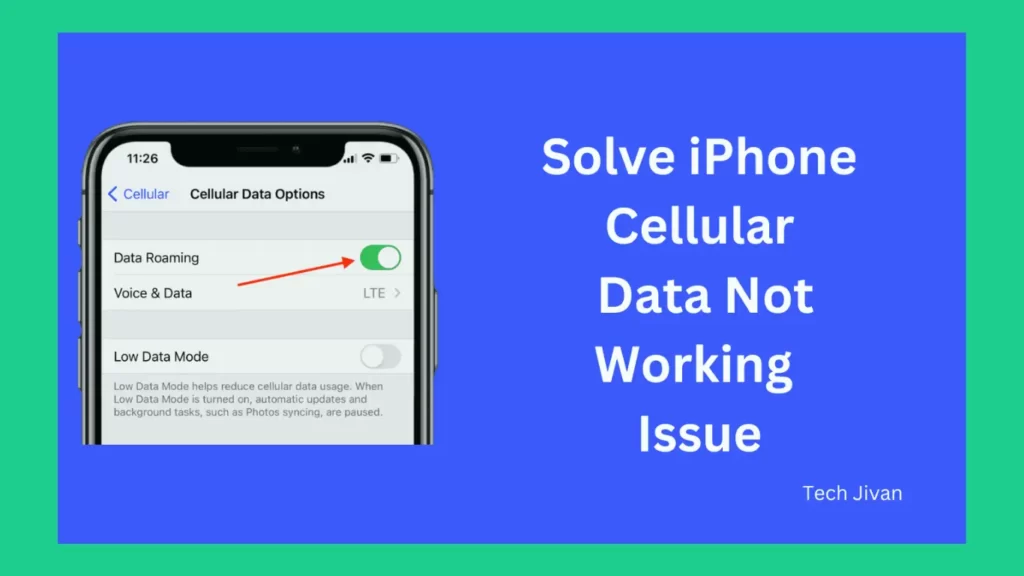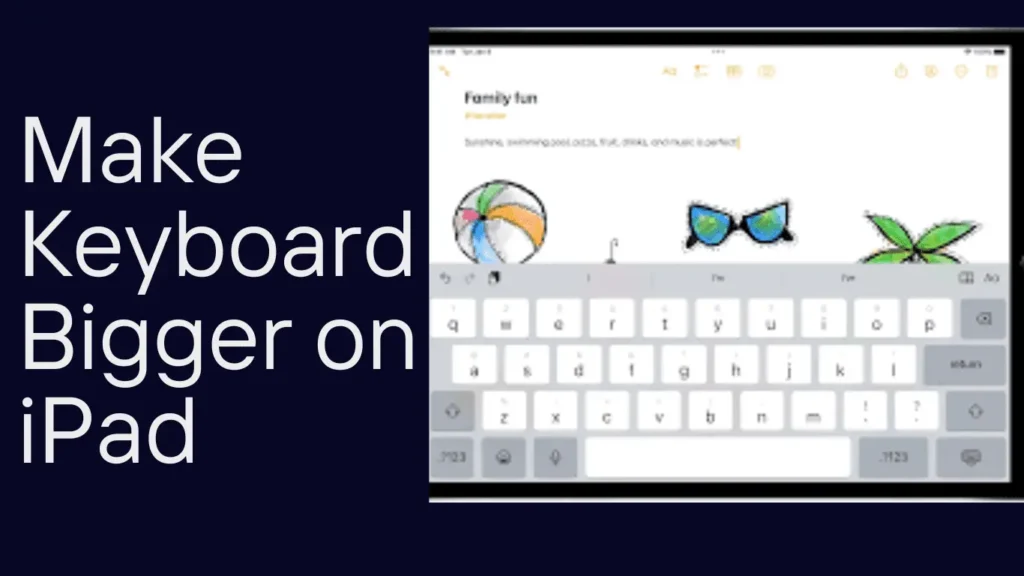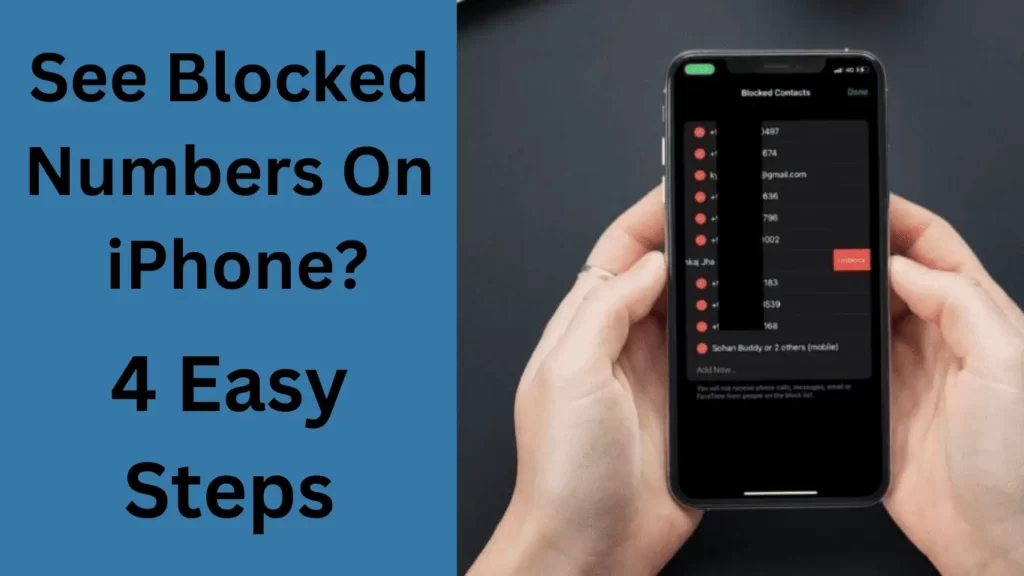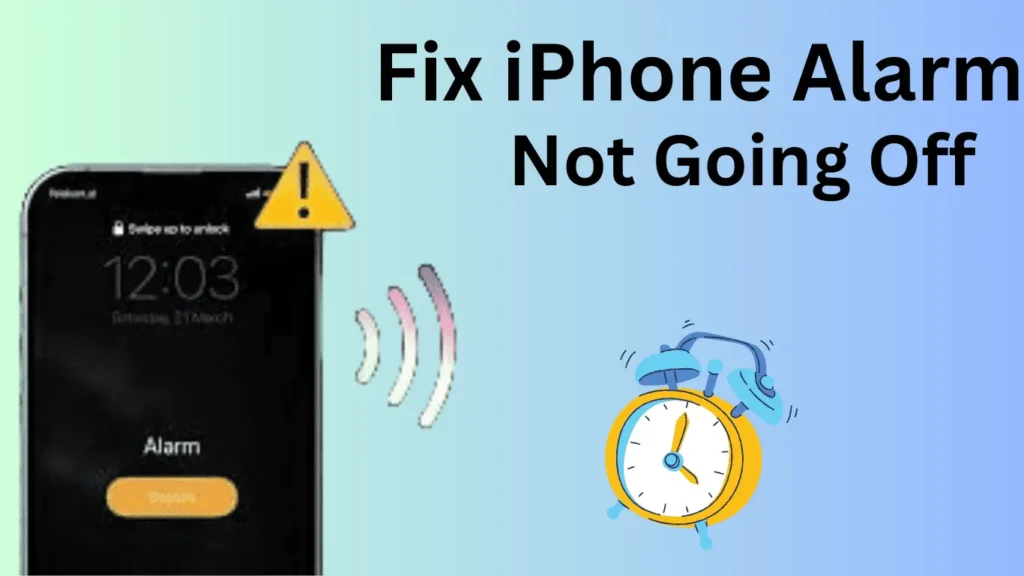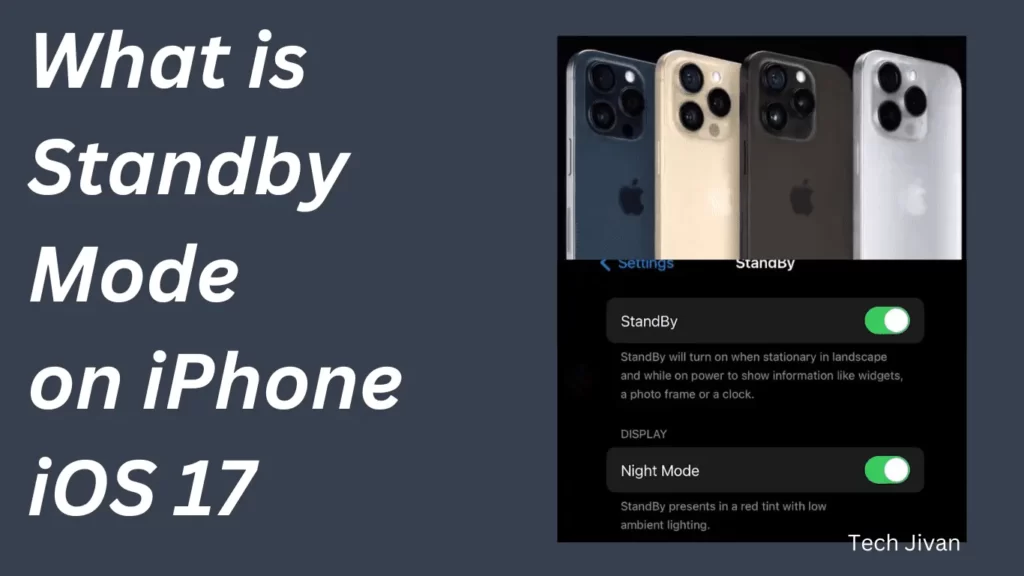
Standby mode in iOS 17 is a battery saving feature that activates when your iPhone is charging, reducing power consumption.
It also displays useful information like the time, calendar events, and live app updates. If you encounter issues with standby mode not working, troubleshooting is essential.
In this guide, we’ll explain what Standby mode is, how to activate and utilize it and offer solutions for any errors you might encounter.
Table of Contents
Understanding What Is StandBy Mode on iPhone?
Standby mode is a feature introduced in iOS 17 that enhances an iPhone’s functionality while it’s charging. It offers various displays, such as:
- Different time formats
- Photo albums
- Calendar appointments
- and live activities within apps.
These features provide users convenient access to information and engaging content while their device charges. Standby mode is available on models compatible with iOS 17.
How Do I Activate StandBy Mode On iPhone?
To activate StandBy mode on your iPhone running iOS 17 or newer, follow these simple steps:
Step 1: Start by opening the Settings app on your iPhone.
Step 2: Then, Scroll down until you see the “StandBy” section.
Step 3: The first toggle you’ll come across is labeled “StandBy.” This toggle controls whether the StandBy mode is turned on or off. By default, it is enabled.
Step 4: After that, you’ll find the “Always On” toggle button. When you enable this option, your iPhone will utilize machine learning to automatically turn off the display when it’s not in use, which can help conserve battery life.
Step 5: In StandBy mode, you have the option to swipe both vertically and horizontally across the screen to switch between various styles and widgets. This allows for customization and flexibility in your StandBy experience.
Read Also: Unlock iPhone Passcode Without Computer?
How Do I Use The Standby Mode Feature?
To use Standby Mode on your iPhone, ensure it’s connected to a charger, lying horizontally with the screen facing upwards. This mode will engage automatically when your iPhone is in this position.
Whether you hold it upright or prop it against a surface, it operates like other smart displays. Using a MagSafe stand for charging is an excellent choice to make the most of this feature.
Standby Mode Feature Is Not Working What’s The Reason?
Since iOS 17 is still in its early stages with only a public beta release, it’s expected to have glitches until the final version arrives in September.
The Standby Mode feature not functioning on iPhones can occur due to several reasons:
Reason 1: One common issue is an OS problem that prevents Standby mode from activating, but this can often be resolved with a force restart. Cache problems or incorrect OS settings could also be the reason.
Reason 2: Furthermore, it’s worth noting that Standby does work in horizontal mode, but there might be motion-related delays preventing its activation.
Reason 3: In some cases, Standby mode might not activate due to issues with the charger or data cable being used.
Methods For Troubleshooting The Standby Mode Not Working On iPhone?
If you happen to experience problems with iPhone standby mode not working correctly on iOS 17, there’s no need to worry.
Below, we’ve mentioned Four possible methods for troubleshooting any issues related to standby mode not working on your iPhone. So, let’s move to our methods:
Method 1: Properly Using Standby Mode On iOS 17.
To ensure the correct usage of Standby mode in iOS 17, Follow these steps:
1. Connect your device to a charger and ensure it’s charging.
2. Place your device in landscape orientation.
Once you understand the correct usage of standby mode features, Here are the steps on how to address the issue:
Step 1: Open the Settings app on your iPhone.
Step 2: Find and select “StandBy.”
Step 3: Scroll down and locate “Night Mode” at the bottom of the screen
(Note: This feature is available exclusively on iPhone 14 Pro and newer models).
Step 4: Turn off “Motion To Wake” by tapping the toggle switch.
Method 2: Modify Your iPhone Settings.
If you’ve exhausted all the previous troubleshooting methods and find that iOS 17’s standby mode still isn’t functioning correctly on your iOS 17 device
Resetting your settings can potentially resolve any underlying issues. Follow the steps given below to do it:
Step 1: Launch the Settings app on your iPhone.
Step 2: Scroll down and locate “General.”
Step 3: Scroll to the bottom of the General settings and find “Reset.”
Step 4: Choose “Reset All Settings” from the available options.
Step 5: If prompted, enter your passcode and confirm your decision to reset all settings.
Method 3: By Doing Force Restart iPhone.
Attempting a force restart may be beneficial to address standby mode issues on your iPhone. This action helps eliminate cached data and temporary files while re-establishing background services, potentially resolving Standby mode problems. Here are the steps to follow:
Step 1: Access the Settings app and locate “StandBy.” Disable the StandBy toggle at the top.
Step 2: Press and release the Volume Up button, then quickly follow with the Volume Down button. Subsequently, press and hold the Sleep/Wake button until the Apple logo appears.
Step 3: Once your iPhone restarts, return to the Settings app and navigate to “StandBy.” Enable the StandBy toggle at the top.
Step 4: You can now test Standby mode by connecting your iPhone, placing it in landscape orientation, and leaving it idle for a period of time.
That’s it. This will help you assess if the issue has been resolved.
Read Also: Methods to Solve iPhone Cellular Data Not Working Issue
Method 4: Resetting StandBy Settings.
If you’re facing issues with Standby mode on your iPhone, you can try resolving them by resetting the StandBy settings. This can help clear any potential cache errors or software glitches that might be causing Standby problems.
Here’s how to reset StandBy settings on your iPhone:
Step 1: Open the Settings app and locate “StandBy.”
Step 2: If Night Mode is currently activated, make sure to turn it off.
Step 3: At the top of the screen, there should be a toggle for StandBy. Disable it.
Step 4: Additionally, if Motion To Wake is enabled, turn it off as well.
Step 5: To complete the process, go back by tapping “< StandBy” in the top left corner of the screen and disable the StandBy toggle there too.
Additional Method: Ensure Low-Power Mode is Turned Off.
For Standby mode to function smoothly on your iPhone, it’s crucial to deactivate Low Power Mode, as it can disrupt Standby operations. Here’s how to do it:
Step 1: Launch the Settings app on your iPhone.
Step 2: Scroll down and select “Battery.”
Step 3: Find the switch for “Low Power Mode” and make sure it’s off; if not, please toggle it off.
Conclusion
Through this post, we’ve told you all about using Standby mode on the iPhone. Standby mode in iOS 17 is a valuable functionality that helps you preserve battery life and improve user experience by efficiently reducing power consumption while the device is charging.
Frequently Asked Questions
Q. What is the standby battery life of an iPhone?
Ans: The standby battery life of an iPhone varies depending on the model and battery capacity.
Q. Which iPhones are compatible with StandBy mode?
Ans: Currently, all iPhones running iOS 17 support StandBy mode. However, it’s important to note that the specific features and functionality of StandBy may vary depending on the iPhone model.
Q. How much battery does StandBy mode consume on an iPhone?
Ans: StandBy mode drains about 4 to 5% of the battery per hour. This estimation assumes that background app refresh, location services, screen time, and raise-to-wake features are turned off.

